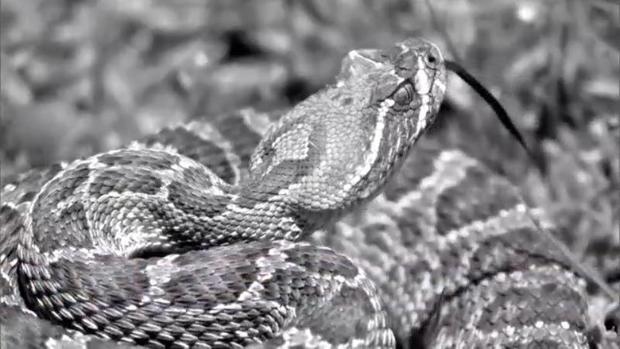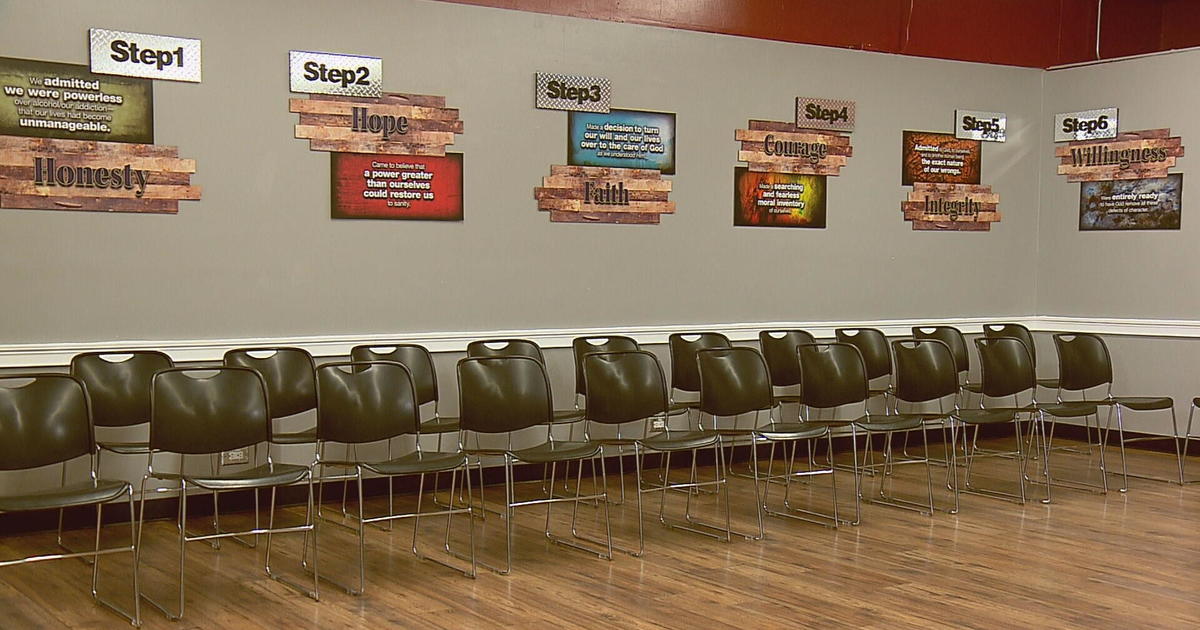Step-by-step guidance of what to do & what not to do when bitten by a rattlesnake
Colorado Parks and Wildlife officers warn Coloradans of what to do (and what not to do) if they are bitten by a rattlesnake. CPW says rattlesnakes often try to avoid striking and have an elaborate defensive strategy.
"Unfortunately, and often because people choose to provoke a defensive snake or are unlucky enough to actually step on one, bites do occur," CPW said in a news release.
The advice comes after a tragic death of a young boy in Colorado Springs. He was on a bike ride with his family when he was bitten. His father rushed to get him medical help, and the boy was rushed to the hospital. He tragically died on Monday.
CPW offers step-by-step guidance how to properly treat someone bitten by a venomous snake from the HerpMed website, the Food and Drug Administration, the American Red Cross and the Rocky Mountain Poison Control Center:
Human victims:
If the snake is still in the vicinity, move carefully away to a safe location. Find a place where the victim can lie flat and rest comfortably.
Encourage the victim to remain calm and offer reassurance. Encourage others in the group and yourself to remain calm as well.
If in a group, send one member to notify local emergency staff and the nearest hospital. DO NOT leave the victim alone in order to get help. Carry a cell phone with you while you recreate.
Allow the bite to bleed freely for about 30 seconds.
Cleanse and disinfect the bite area with Betadine (iodine). If unavailable or if the victim is allergic to iodine, use soap and water.
If hospital treatment is more than 30 minutes away, and the bite is on a hand, finger, foot or lower arm or leg, an ACE, or other wide elastic bandage can be used as a pressure dressing. The bandage should be wrapped quickly from an area just above the bite past the knee or elbow joint, immobilizing it. Wrap no tighter than for a sprain. The goal is to restrict the movement of venom into the bloodstream without cutting off circulation to the affected limb. Check for pulse above and below bandage and rewrap if too tight.
If available, apply a Sawyer Extractor to the bite until there is no more drainage. This device is often able to remove some venom from the wound and creates a negative pressure gradient that slows the spread of venom into the body. (This is a very beneficial device recommended by the Rocky Mountain Poison Control Center and experts in medical herpetology.)
If an extractor is not available, apply direct pressure to the bite using a 4x4 gauze pad folded in half twice. Soak the pad in Betadine and tape it in place.
Remove all rings, watches, jewelry and tight fitting clothing. The bite area and most of the bitten appendage will swell.
Immobilize the bitten extremity as much as possible, using splints if necessary.
Try to keep the bite location even with the heart. Raising it above the heart will increase the spread of venom into the body. Swelling will increase if kept below heart level.
After administering first aid, take the victim to the nearest hospital or medical facility. Move slowly and deliberately, offer encouragement and avoid any unnecessary excitement or stress.
If not done previously, get someone to call ahead to the nearest hospital so that it will be prepared for the victim's arrival.
What NOT to do if bitten by a rattlesnake:
Do not assume that a bite is not serious or that treatment can be delayed.
Do not leave the victim alone in order to get help.
Do not apply oral (mouth) suction to the bite. Such action has the potential to introduce harmful bacteria into the wound that could cause sepsis. Also, venom will pass into the would-be-rescuers system through any cuts or sores in the mouth.
Do not make any sort of incision into or around the bite marks. This will only increase trauma to the bite location and further agitate a victim who needs to remain as calm as possible.
Do not apply a narrow, constrictive tourniquet such as a belt, shoelace or cord. Restricting blood flow in this manner puts the bitten extremity at a high risk for amputation.
Do not engage in strenuous physical activity. This will only speed the spread of venom to vital organs.
Do not apply ice, hot or cold packs to the bite. These have no proven beneficial effects and may compound tissue damage through burns or frostbite.
Do not use a stun gun or electric shock treatment of any kind. Electric shock also has no proven beneficial effect and increases victim stress and trauma.
Do not allow the victim to drink alcohol, take aspirin or use any medication.
Do not give the victim anything to eat or drink unless approved by the attending physician.
Do not remove pressure dressings until antivenom is available.
Do not waste time or take any additional risks attempting to kill or capture the offending snake. The only wild venomous snakes in Colorado are rattlesnakes and treatment is the same for all three species (prairie rattlesnake, the Western rattlesnake that is also known as the midget-faded rattlesnake and the massasauga rattlesnake).
RELATED: Snake Search: CBS4 Crew Goes Along On Search For Rattlesnakes
Canine victims
Move a safe distance away from the snake and calm the dog.
Clean the wound with soap and water and treat with antibiotic ointment if available.
A Sawyer or other venom extractor should not be used because the dog's hair will prevent a good seal from forming.
Limit physical exertion and get the animal to veterinary care immediately, calling ahead if possible.
Keeping your dog on a leash while out recreating and help to mitigate or prevent interactions your dog may have with a rattlesnake.
If a snake is encountered:
Freeze in place. Snakes are often heard before they are seen. If you hear a rattlesnake, FREEZE in place until you or a companion can locate the animal. Attempting to move away from a snake you can't see may lead you closer to it! Even if the snake is in plain view, freezing movement will reduce the threat you pose to the snake and help you calmly assess the situation.
Seek to establish a safe distance. Rattlesnakes can strike to a distance of half their body length, and a good rule of thumb is to put at least five feet between yourself and the snake. If possible, move slowly back the way you came.
Leave the snake alone. NEVER, under any circumstances, should you try and catch, kill, or provoke or move a rattlesnake. Fully one-third of people who suffer snakebites were bitten as a result of trying to handle or kill the snake. Move around the rattlesnake at a safe distance out of its way.
CPW offers more information about rattlesnakes with species conservation coordinator Tina Jackson.




